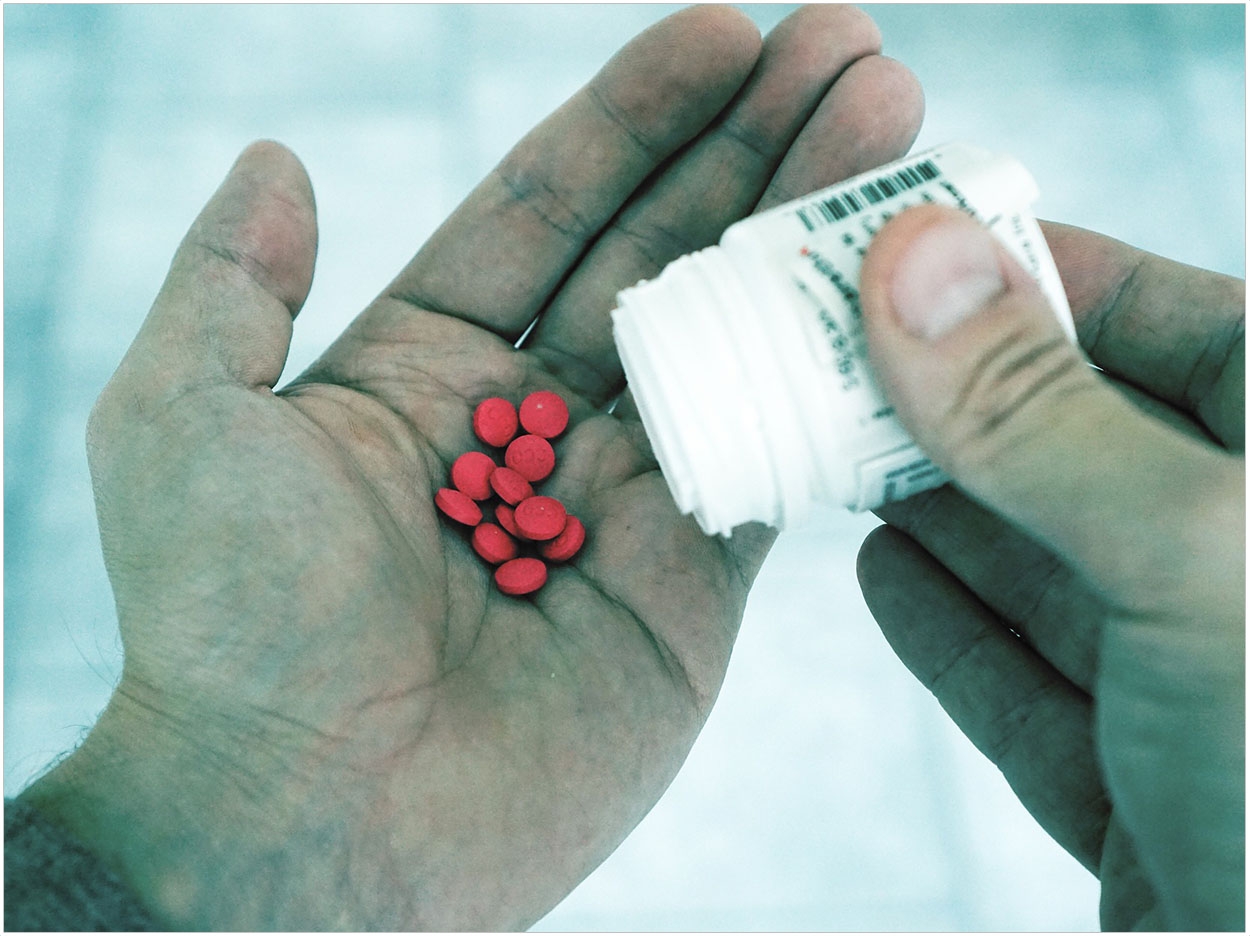
More than half of the opioids prescribed to patients after the extractions of wisdom and other teeth go unused, the University of Pennsylvania reports. Yet the researchers suggest that disposal kiosks in pharmacies and small financial incentives can increase proper disposal of excess opioids by more than 20%.
“When translated to the broad US population, our findings suggest that more than 100 million opioid pills prescribed to patients following surgical removal of impacted wisdom teeth are not used, leaving the door open for possible abuse or misuse by patients, or their friends or family,” said lead author Brandon C. Maughan, MD, MHS, MSHP.
According to the US Department of Justice, 3,900 people use opioids such as oxycodone, hydrocodone, and codeine outside of their legitimate medical purposes and supervision each day, with 78 people dying of overall opioid-related overdoses each day in 2014. The department expects the number of deaths in 2016 to be far higher.
“Given the increasing concern about prescription opioid abuse in the United States, all prescribers—including physicians, oral surgeons, and dental clinicians—have a responsibility to limit opioid exposure, to explain the risks of opioid misuse, and educate patients on proper drug disposal,” Maughan said.
The researchers examined prescription opioid use for 79 patients after dental impaction surgery. They also looked at how a small financial incentive and information about a pharmacy-based drug disposal program would affect patients’ willingness to properly dispose of unused medications. And, they tested the effectiveness of a text-message-based platform to collect data on medication use.
Participants received a debit card preloaded with $10 upon enrollment. Surveys assessing pain levels and medication use were delivered via text each day for the first week and on days 14 and 21 following surgery. For each survey completed, patients would get a $3 credit on the debit card for a possible $27 total. Patients who completed a follow-up health interview received an additional $10.
Just 24 hours after surgery, patients reported an average pain score of 5 out of 10 while taking pain medication. By the second day, 51% reported a low pain score of zero to 3 out of 10. By the fifth day, almost 80% had a low pain score.
Also, 94% received an opioid prescription to manage pain, with 82% also receiving a prescription-strength nonsteroidal anti-inflammatory drug (NSAID) and 78% receiving a prescription antibiotic. On average, the 93% of patients who did not have post-surgical complications received prescriptions of 28 opioid pills, but 3 weeks after surgery had only used 13, leaving more than 1,000 unused pills. Only 5 patients used all of the prescribed pills.
“Results of our study show within 5 days of surgery, most patients are experiencing relatively little pain, and yet, most still had well over half of their opioid prescription left,” said co-author Elliot V. Hersh. “Research shows that prescription-strength NSAIDs, like ibuprofen, combined with acetaminophen, can offer more effective pain relief and fewer adverse effects than opioid-containing medications. While opioids can play a role in acute pain management after surgery, they should only be added in limited quantities for more severe pain.”
Furthermore, offering a one-page overview of a pharmacy drug disposal program led to a 22% decrease in the number of patients who had properly disposed of or planned to properly dispose of leftover opioids. Patients in the control arm received routine post-operative instructions with a controlled substance information sheet about the risks of keeping unused opioids and explaining that a study hotline was available for information on drug disposal.
“Expanding the availability of drug disposal mechanisms to community locations that patients regularly visit such as grocery stores and retail pharmacies may substantially increase the use of these programs,” said Maughan. “By providing a one-page information sheet coupled with a small financial incentive, patients were significantly more interested in proper disposal of unused opioid pills. The results suggest that future trials might also use similar low-intensity and low-cost interventions to reduce the misuse of opioid medications.”
The study supports similar recent research from the Johns Hopkins Bloomberg School of Public Health reporting that 60.6% of all medical patients who are prescribed opioids have leftover pills. Also, nearly half of the patients in that survey reported receiving no information on safely storing their medications or disposing of any excess pills.
Meanwhile, the US Drug Enforcement Agency (DEA) says 13.9% of high school seniors used a prescription drug non-medically in the past year, and about 80% of new heroin users try heroin after abusing prescription opioids. Prescription drug abuse, the DEA adds, causes more than half of the drug overdose deaths in the United States.
The study, “Unused Opioid Analgesics and Drug Disposal Following Outpatient Dental Surgery: A Randomized Controlled Trial,” was published by Drug and Alcohol Dependence.
Related Articles
Surgeon General Campaign Aims to Reduce Opioid Prescriptions
CDC Issues New Opioid Rx Recommendations
Most Adults on Opioids Keep Their Leftover Pills












